When it comes to Black Beans vs. Pinto Beans, you might ask yourself what the difference is. Both are popular legumes with different flavor profiles and textures.

Let's talk about the battle of the beans: black beans vs. pinto beans. Black beans and pinto beans are both commonly used in various cuisines. While they share certain similarities, there are also noticeable differences between the two in terms of taste, texture, and culinary applications.
What Are Black Beans?
Black beans, also known as turtle beans, are small, shiny, and jet-black legumes. Black beans have been cultivated for thousands of years and are native to Central and South America.
- Appearance: Black beans are small, oval-shaped beans with shiny, jet-black skin.
- Taste: Black beans have a slightly sweet and earthy flavor with a hint of mushroom-like undertones. They are known for their rich, dense taste.
- Texture: Black beans have a smooth and creamy texture when cooked. They retain their shape well but become tender and soft.
- Culinary Uses: Black beans are commonly used in Latin American, Caribbean, and Cuban cuisines. They are used in dishes such as black bean soups, stews, rice and bean dishes, and even salads. Black beans are also popular as a filling for burritos, tacos, and enchiladas.
What Are Pinto Beans?
The name "pinto" means "painted" in Spanish, referring to their speckled appearance. Pinto beans are native to Central and South America and have also been cultivated for thousands of years.
- Appearance: Pinto beans are larger and have a mottled appearance, featuring a beige or pinkish-beige background with brown speckles.
- Taste: Pinto beans have a nutty and slightly creamy flavor. They have a more subtle taste compared to black beans.
- Texture: Pinto beans have a softer texture and tend to become creamy when cooked. They are sometimes mashed or refried for use in various dishes.
- Culinary Uses: Pinto beans are widely used in Mexican and Tex-Mex cuisines. They are often cooked and served as a side dish, refried and used in burritos and tacos, or added to chili and bean soups.
Different Ways of Cooking Dry Beans
- Stovetop Method: Rinse and sort the black or pinto beans, removing any debris. Place the beans in a pot and cover them with water or broth. Bring to a boil, then reduce the heat and simmer, partially covered, for about 1 to 1.5 hours or until the beans are tender. You may need to add more water during cooking to keep the beans covered.
- Pressure Cooker Method: Rinse the black or pinto beans and add them to a pressure cooker with water or broth. Follow the manufacturer's instructions for pressure cooking beans, which typically involves cooking for around 20-30 minutes. Check the beans for tenderness before opening the pressure cooker.
- Slow Cooker Method: Rinse the black or pinto beans and add them to a slow cooker with water or broth. Cook on low heat for 6 to 8 hours or on high heat for 3 to 4 hours until the beans are tender.
How To Store Beans
- Dry Beans: If you've purchased dried black beans or pinto beans, store them in a cool, dry, and dark place, such as a pantry or cupboard. Keep them in an airtight container, such as a glass jar or airtight plastic bag, to protect them from moisture, pests, and odors.
- Cooked Beans: If you have cooked black beans or pinto beans and have leftovers, store them in the refrigerator. Place them in an airtight container or a sealed plastic bag. Cooked beans can usually stay fresh in the refrigerator for up to 3-4 days.
- Freezing Beans: If you want to store beans for a longer period, you can freeze them. First, be sure the cooked beans are completely cooled. Transfer them to a freezer safe container or a heavy duty freezer bag. Squeeze out any excess air and seal the container or bag tightly. Cooked beans can be frozen for up to 3-4 months.
- Canned Beans: If you have opened a can of black beans or pinto beans but didn't use the entire contents, transfer the leftovers to a storage container. Cover the container and store it in the refrigerator. Use the leftover canned beans within 3-4 days.
Nutritional Stats
These are the approximate nutritional values for ½ cup (86 grams) of cooked black beans:
- Calories: 113
- Protein: 7.6 grams
- Fat: 0.4 grams
- Carbohydrates: 20.4 grams
- Fiber: 7.5 grams
- Sugars: 0.3 grams
- Sodium: 1 milligram
- Potassium: 305 milligrams
- Iron: 1.8 milligrams
- Calcium: 23 milligrams
- Magnesium: 60 milligrams
These are the approximate nutritional values for ½ cup (86 grams) of cooked pinto beans:
- Calories: 120
- Protein: 7.5 grams
- Fat: 0.6 grams
- Carbohydrates: 22.1 grams
- Fiber: 6.1 grams
- Sugars: 0.2 grams
- Sodium: 1 milligram
- Potassium: 292 milligrams
- Iron: 1.4 milligrams
- Calcium: 28 milligrams
- Magnesium: 43 milligrams
FAQ's
Both black beans and pinto beans work well in burritos. Ultimately it comes down to personal preference.
Canned black beans and pinto beans are cooked during the canning process, so you can consume them straight from the can. However, many people prefer to heat canned beans before using them in recipes or serving them as a standalone dish.
Yes, you can typically substitute black beans for pinto beans, or vice versa, in many recipes.
Recipe With Black And Pinto Beans
Recipes With Black Beans:

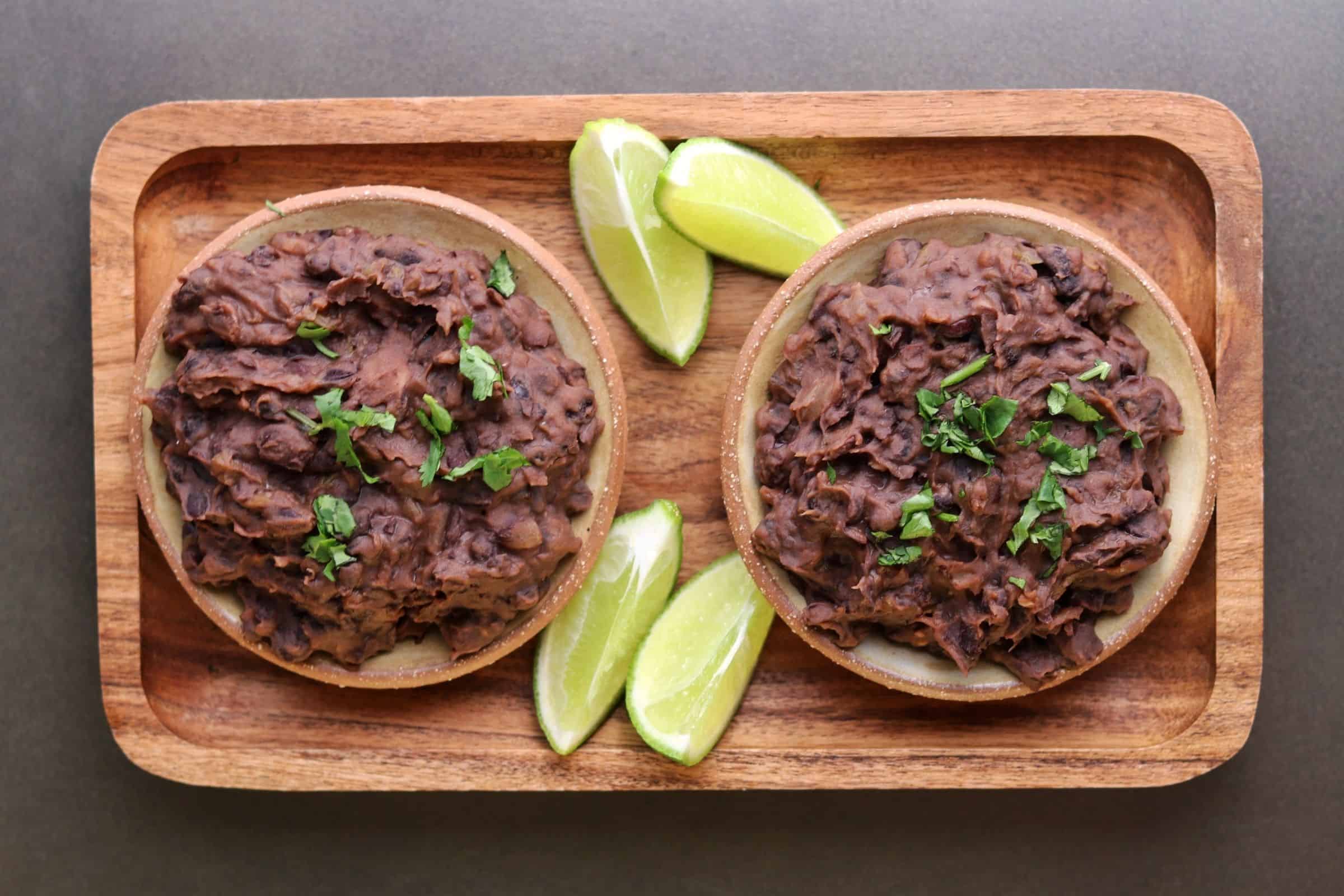




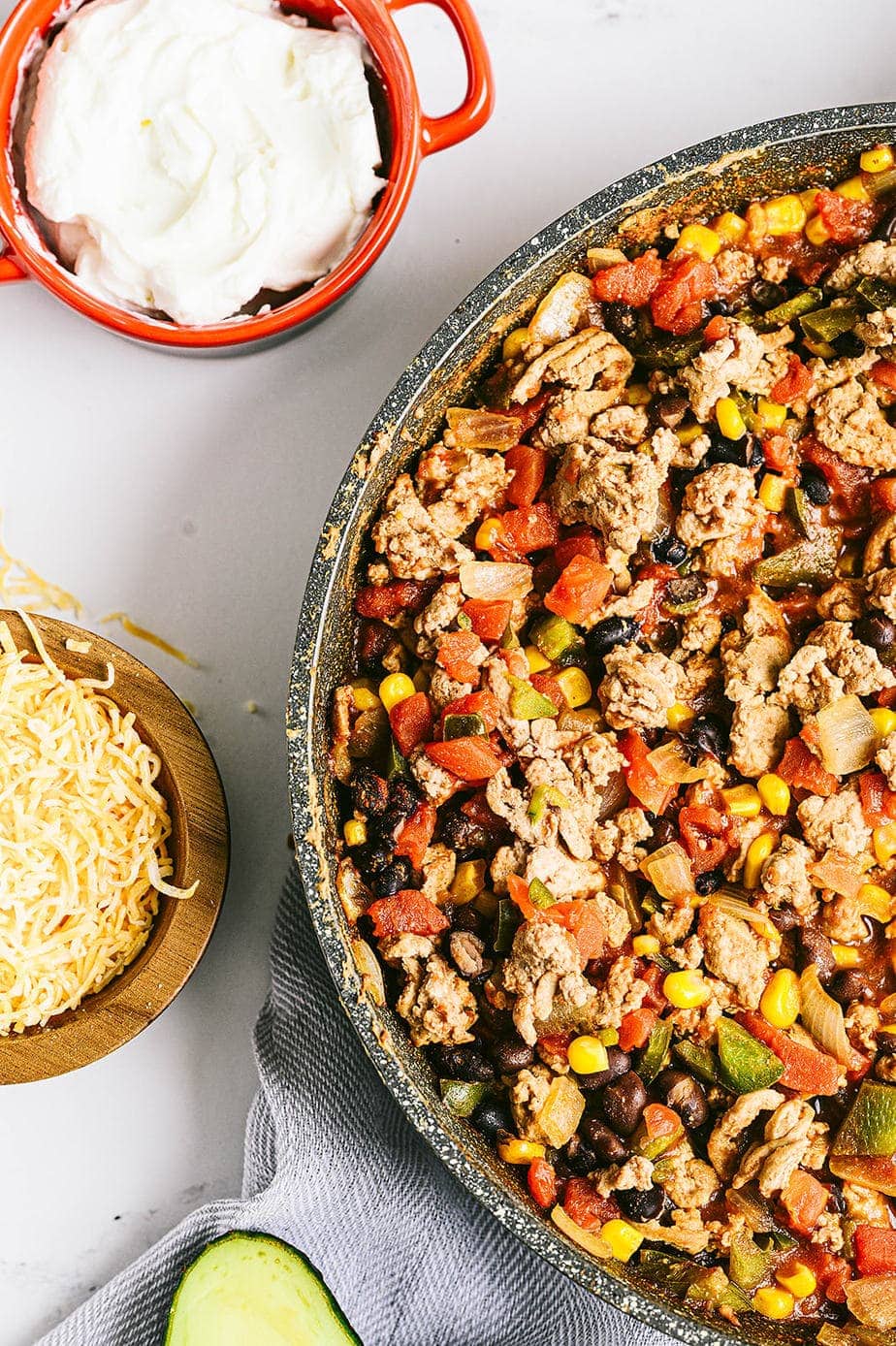
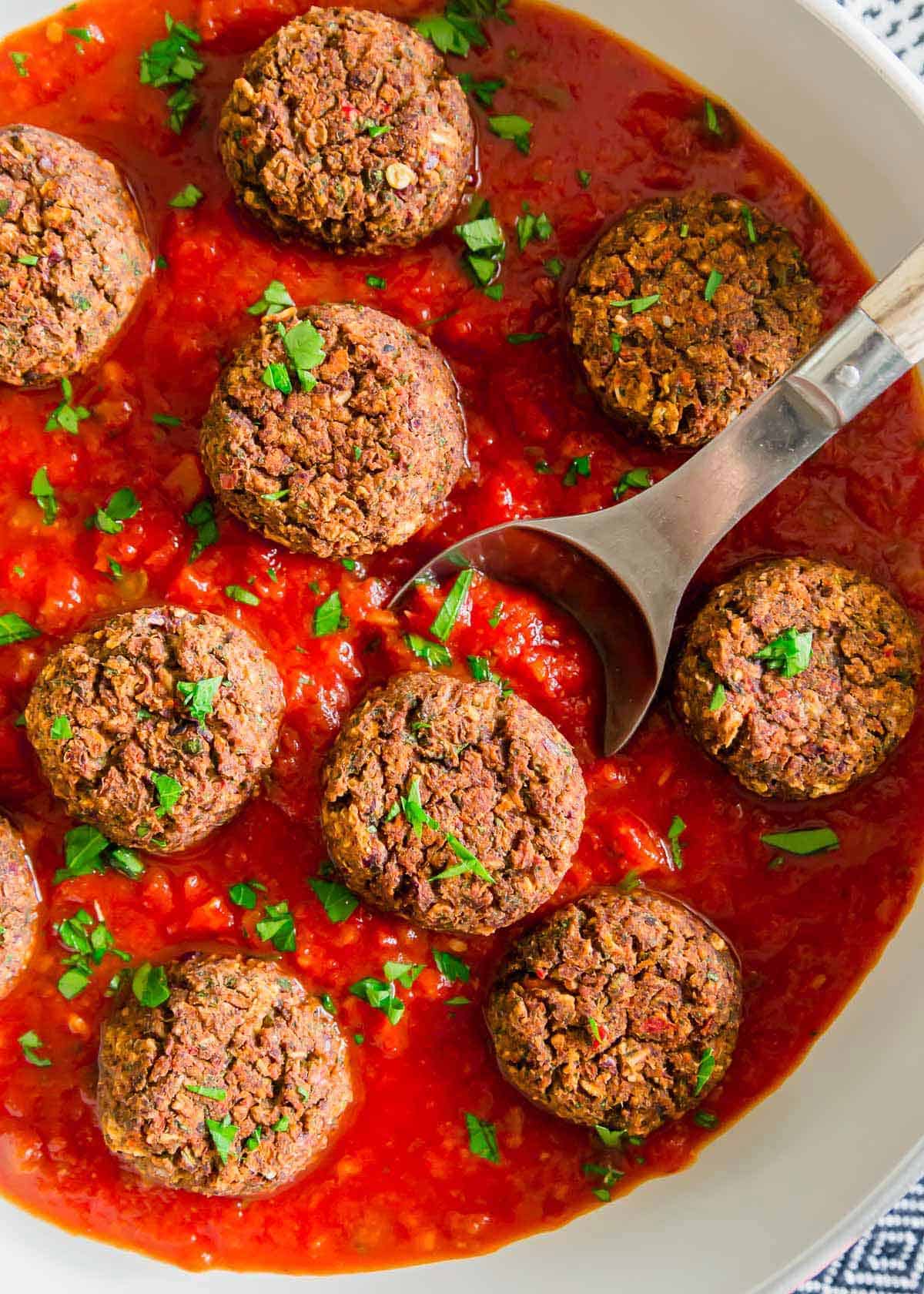



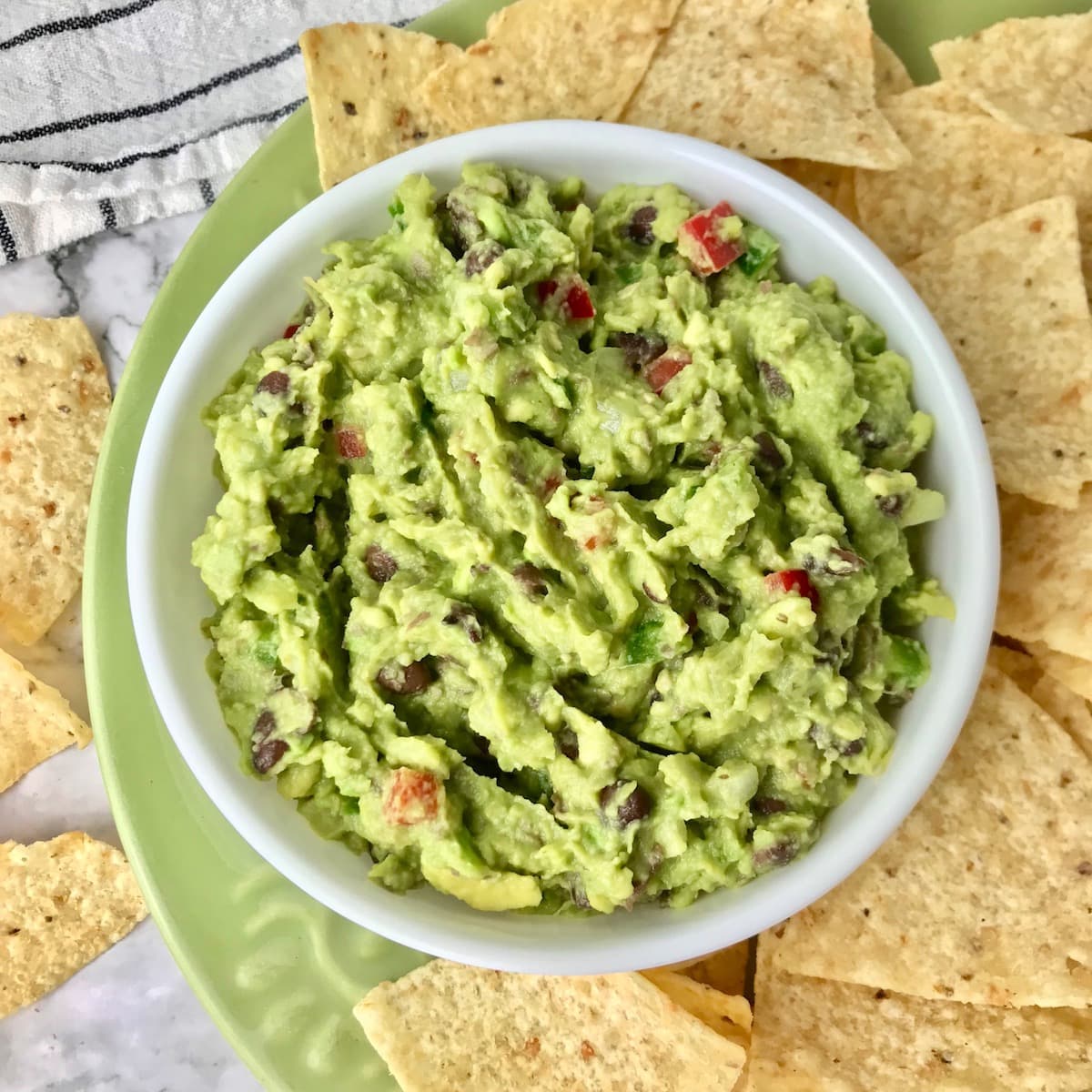

Recipes With Pinto Beans:




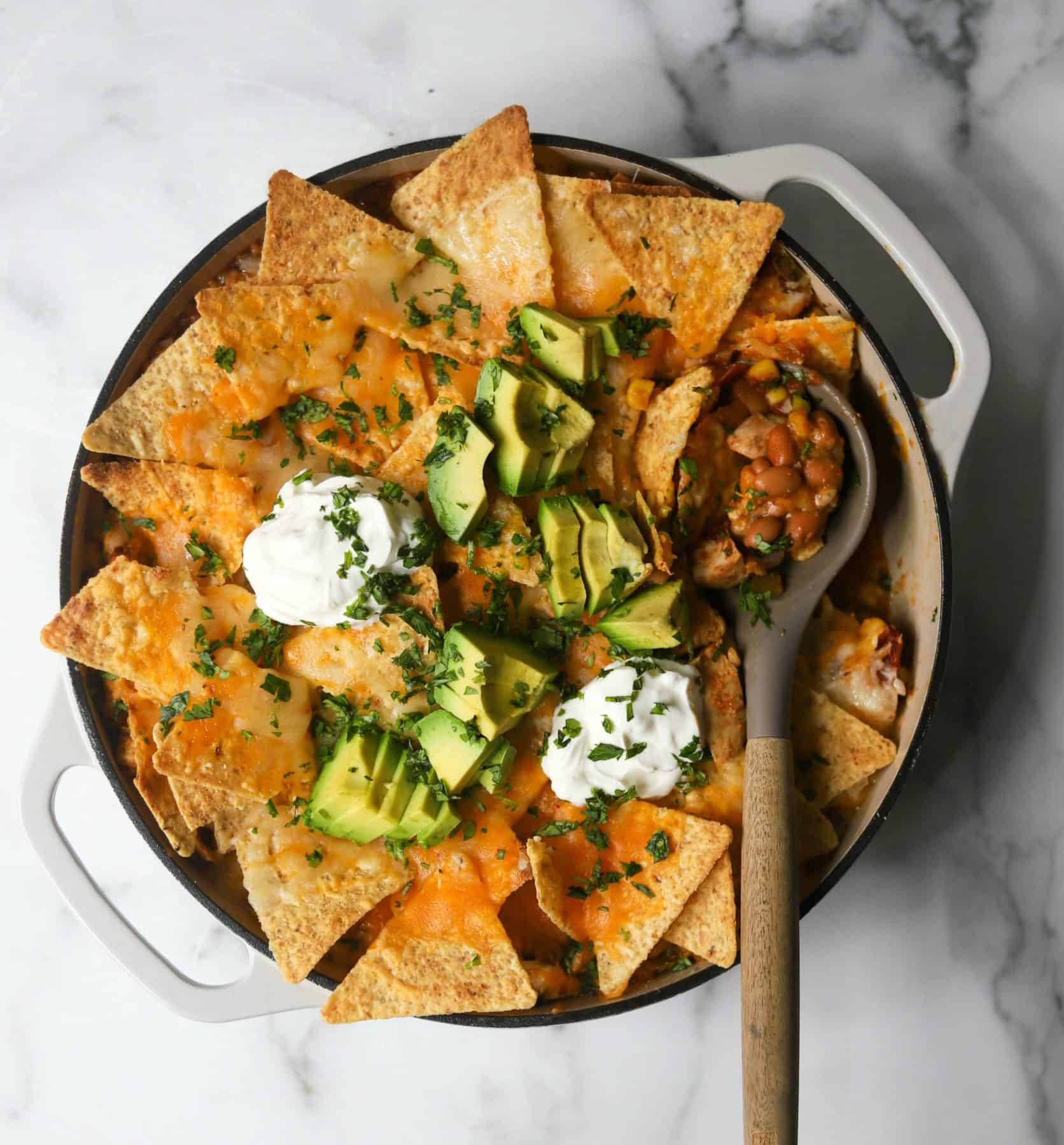


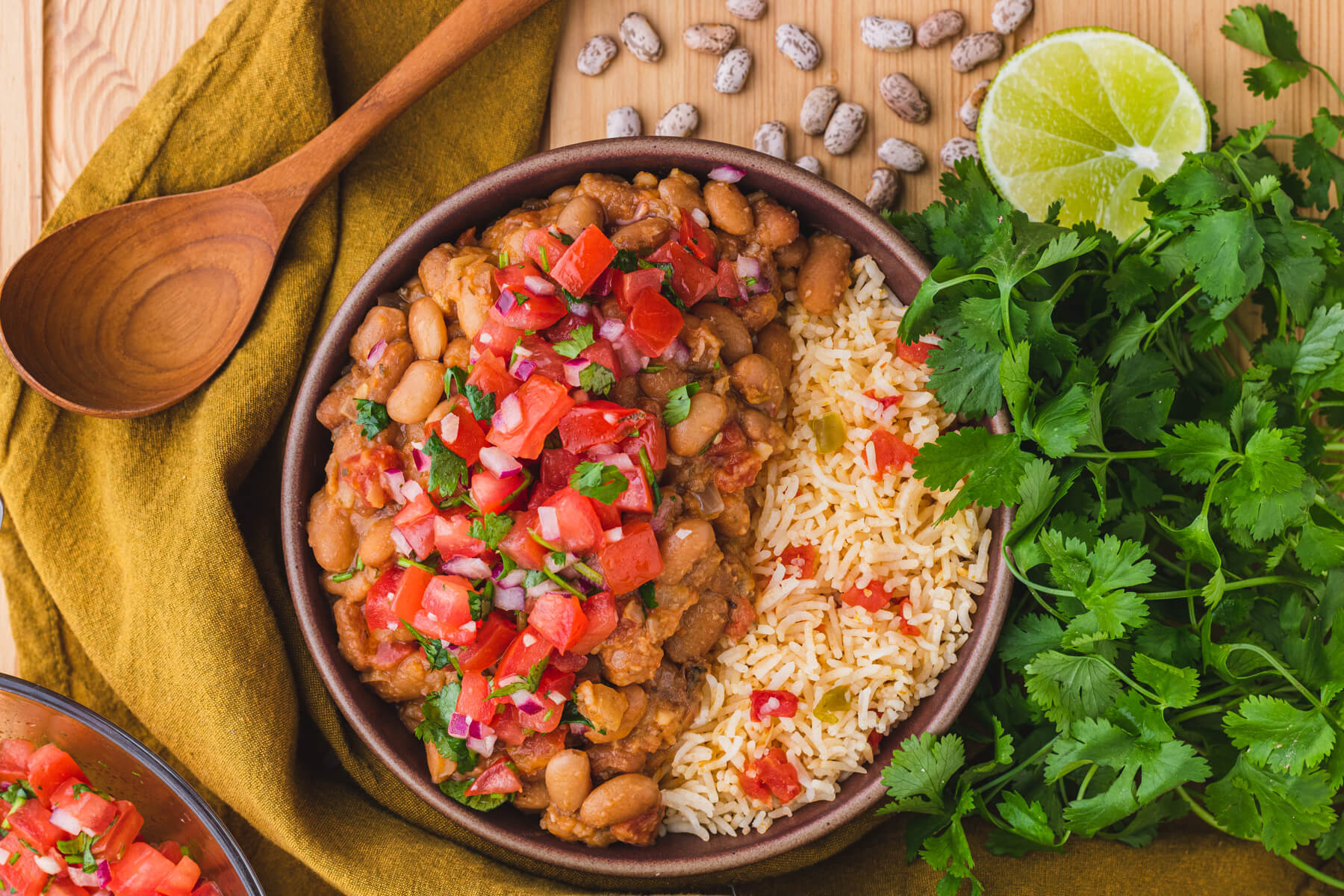



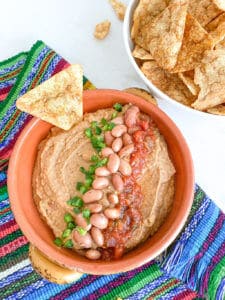
Black beans and pinto beans are both nutritious, versatile and can be used interchangeably in many recipes.











Comments
No Comments